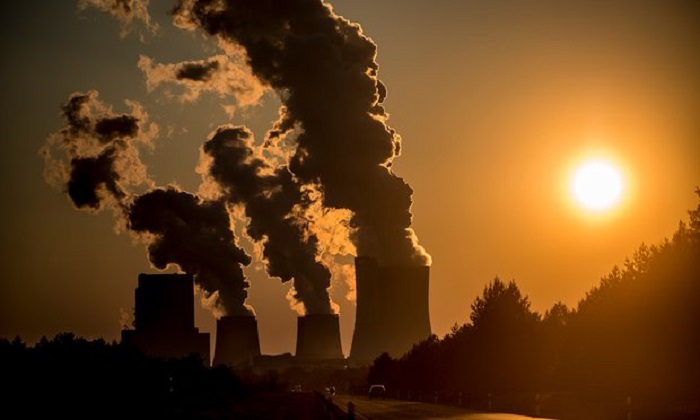If last year's climate change fueled megafires and the global pandemic have taught us anything, it's how interconnected we all are with each other and our environment. Now, we have some early hints that both climate change and the cause of the pandemic may also be intertwined – through bats.
Bats have a notorious ability to live with viruses that destroy other animals. While their superpowered immune systems have been a blessing for them – allowing these airborne mammals to thrive around the world – it's a curse for the rest of us, as they carry these viruses with them wherever they go.
Now, a new study found that as the climate has warmed over the last century, the increase of sunlight, carbon dioxide, and changes in precipitation converted southern China's tropical shrublands to savannas and woodland – prime habitat for bats. And over 40 new bat species moved in.
"Understanding how the global distribution of bat species has shifted as a result of climate change may be an important step in reconstructing the origin of the COVID-19 outbreak," said zoologist Robert Beyer from Cambridge University.
To investigate this, Beyer and colleagues used data on the world's vegetation, temperature, precipitation, cloud cover, and the vegetation requirements of the world's bat species to construct a map of their distributions in the early 1900s. They then compared this to today's distributions of species.
"As climate change altered habitats, species left some areas and moved into others – taking their viruses with them," explained Beyer. "This not only altered the regions where viruses are present, but most likely allowed for new interactions between animals and viruses, causing more harmful viruses to be transmitted or evolve."
Change in global bat distribution since 1901. (Beyer et al, 2021)
Three out of four emerging infectious diseases in people are zoonotic diseases – they come from animals. And coronaviruses compose over a third of all sequenced bat viruses. The building blocks of the 2002 SARS pandemic were found within bats from a single cave, and now their bodies are prime suspects of having brewed the precursors of SARS-CoV-2.
Between them, the 40 relatively recent migrant bat species to China's Yunnan province carry more than 100 types of coronaviruses. Genetic evidencesuggests the ancestor of SARS-CoV-2 comes from this same region.
Most of these coronaviruses can't infect us though. And now some species of bats are being wrongly prosecuted for other species unintentionally wreaking havoc upon us, even though these animals play crucial roles in our ecosystems. At least 500 plant species depend on bat pollination (like bananas, mangos, and agave), other plants depend on their poop, and some species keep insects in check (including pesky, disease-spreading mosquitoes) by devouring them.
But our relentless march further and further into remaining natural habitats, through processes, like deforestation, that also drive climate change, increases our interactions between these animals and therefore our chances of encountering their viruses. Degraded habitats also stress and weaken the immune systems of the animals within them, providing more chances for viruses to mutate into something that can leap across species barriers.
"Among threatened wildlife species, those with population reductions owing to exploitation and loss of habitat shared more viruses with humans," a study found last year.
Beyer and team caution that we don't yet know the exact origin of SARS-CoV-2, so their inferences are not yet conclusive and further studies based on different vegetation and using different models are required to corroborate their findings. Other variables that possibly impact bat distributions, like invasive species and pollution, also need to be investigated.
And while correlation doesn't equal causation, a growing body of research does suggest climate change is a driver of pathogens infecting new hosts. We even have examples where historic global climate change has been associated with environmental disruptions that led to emerging infectious diseases.
"The fact that climate change can accelerate the transmission of wildlife pathogens to humans should be an urgent wake-up call to reduce global emissions," said biogeographist Camilo Mora from the University of Hawai'i, Manoa.
To reduce these risks Beyer and colleagues strongly recommend introducing measures to limit human and wildlife interactions, including imposing strong regulations on wildlife hunting and trade, discouraging wildlife-dependent dietary and medicinal customs, and establishing strict animal welfare standards on farms, markets, and transport vehicles. To do this we must consider the socio-economic needs that drive these practices they note in their paper.
It is also crucial we protect natural habitats to keep species healthy, a measure that can also help mitigate climate change.
"Given the possibility raised by our analysis that global greenhouse gas emissions may have been a contributing factor in the SARS-CoV-1 and SARS-CoV-2 outbreaks, we echo calls for decisive climate change mitigation, including as part of COVID-19 economic recovery programmes," the team urges.
Science of the Total Environment
More about: #climatechange
















































